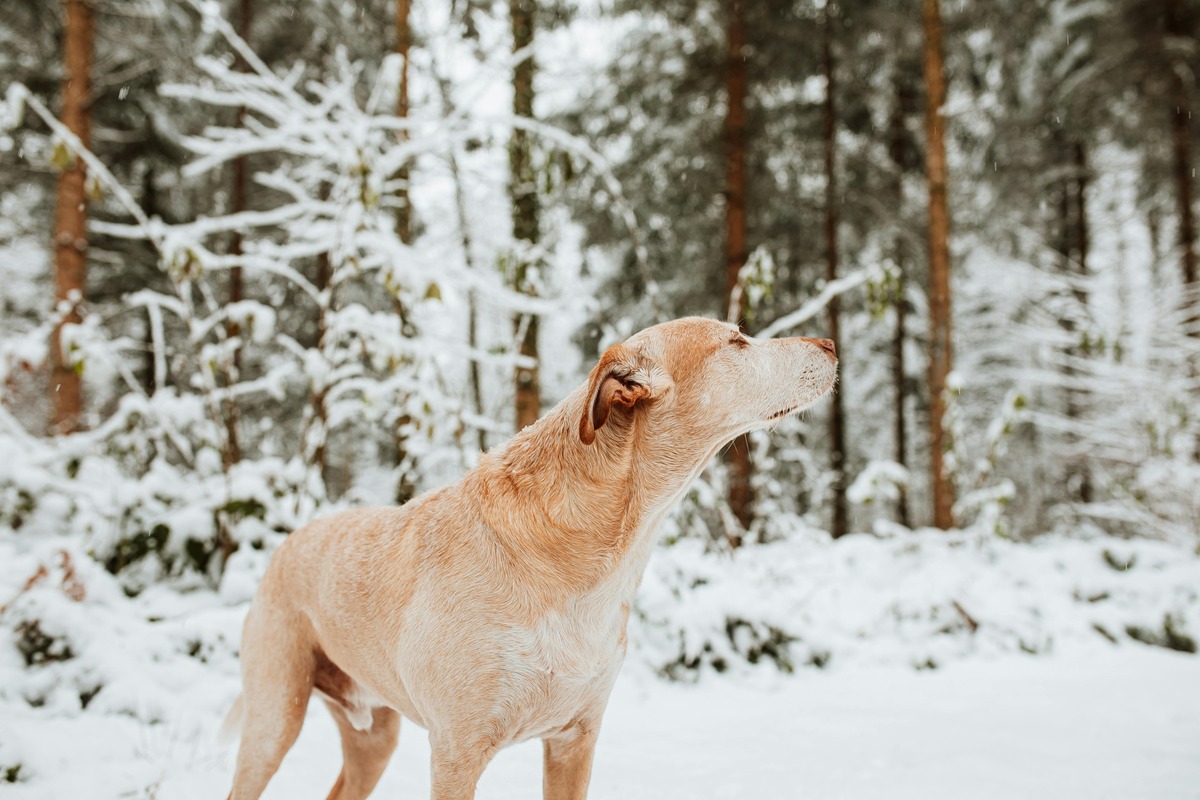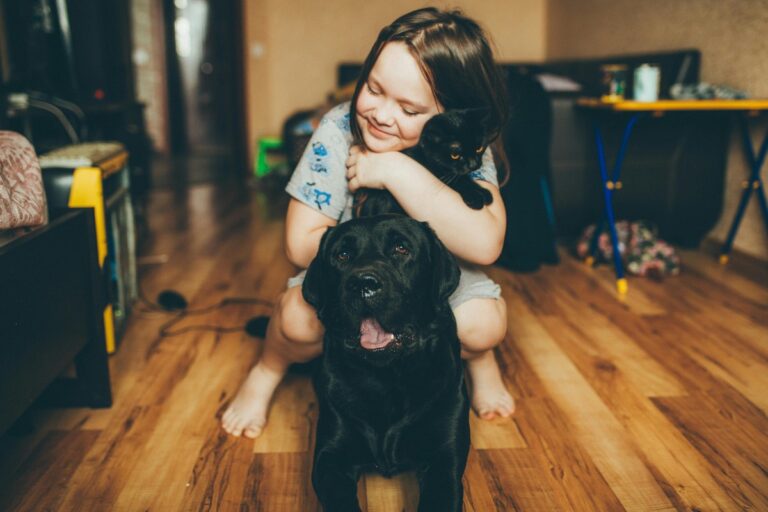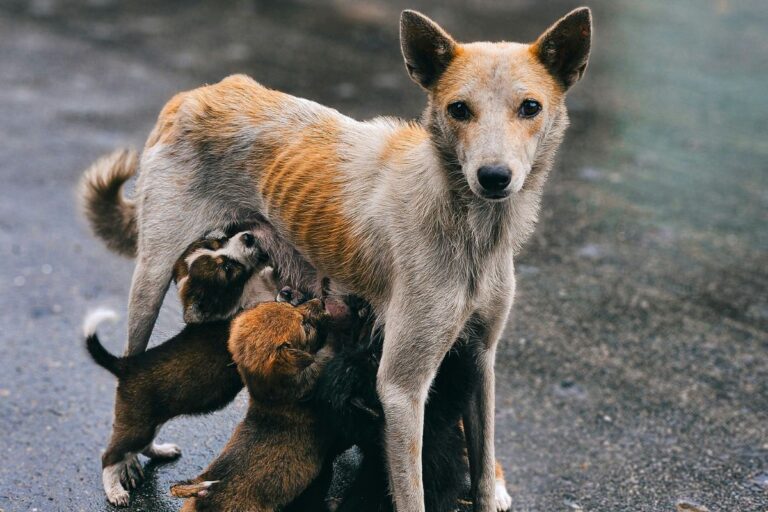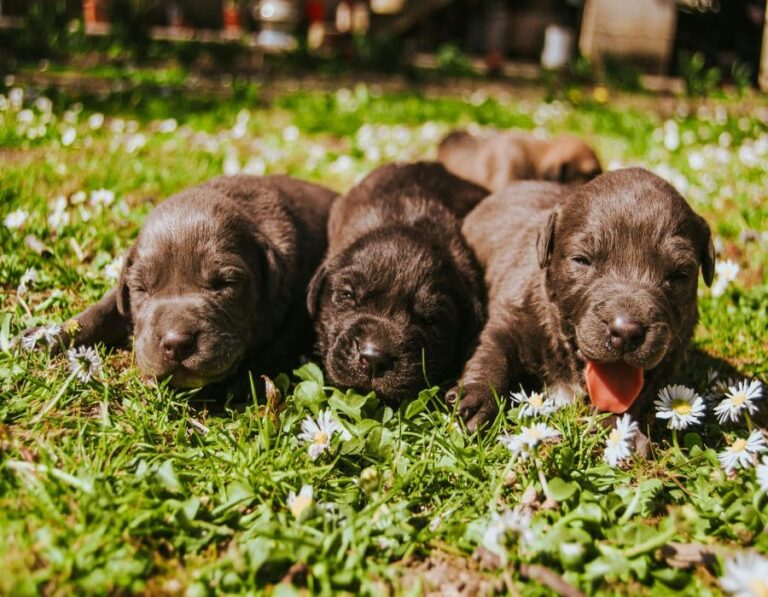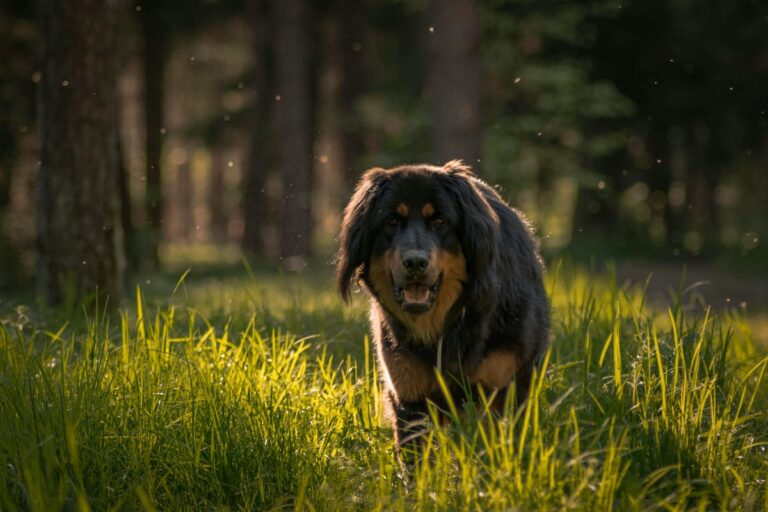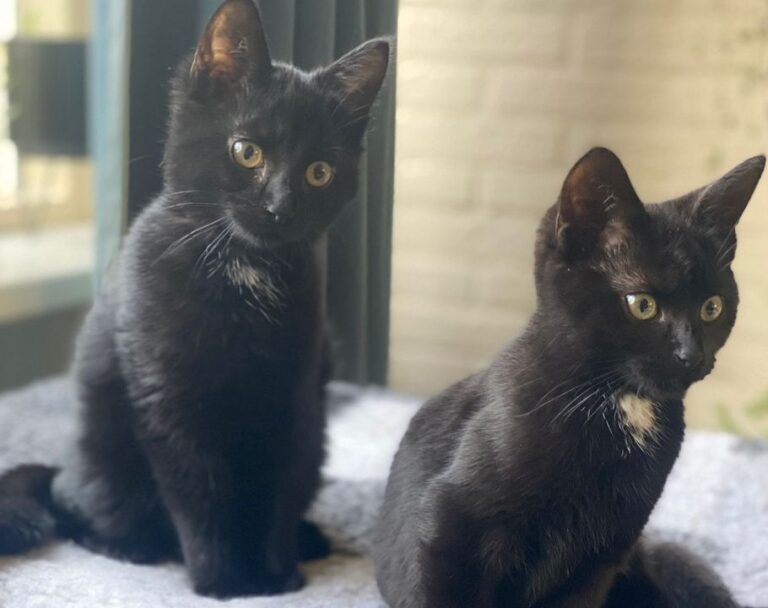12 Dog Breeds That Should Not Be Kept Indoors
While many dogs can adapt to apartment or indoor living, some breeds require much more space, exercise, and outdoor time to thrive. These dogs have high energy levels, strong working instincts, or sheer size that makes indoor life a challenge. If you’re considering bringing one of these breeds into your home, be sure you can provide them with plenty of room to roam and exercise.
1. Alaskan Malamute

Alaskan Malamutes are powerful working dogs bred for pulling heavy sleds in freezing conditions. They have endless energy and need a large outdoor space to run and explore.
Why They Struggle Indoors: Their thick double coat makes them prone to overheating in warm houses, and their need for exercise means apartment life is unsuitable.
2. Saint Bernard

Saint Bernards are affectionate giants, but their sheer size makes indoor living difficult. These dogs were bred for mountain rescue work and need plenty of space to move around comfortably.
Why They Struggle Indoors: Their size makes small homes impractical, and their thick coat means they can overheat indoors.
3. Siberian Husky

Huskies are energetic and independent dogs with a strong need for physical activity. They were bred to run long distances and can become destructive if they don’t get enough exercise.
Why They Struggle Indoors: They have a tendency to dig, howl, and escape when bored, making them a poor fit for indoor or apartment living.
4. Border Collie
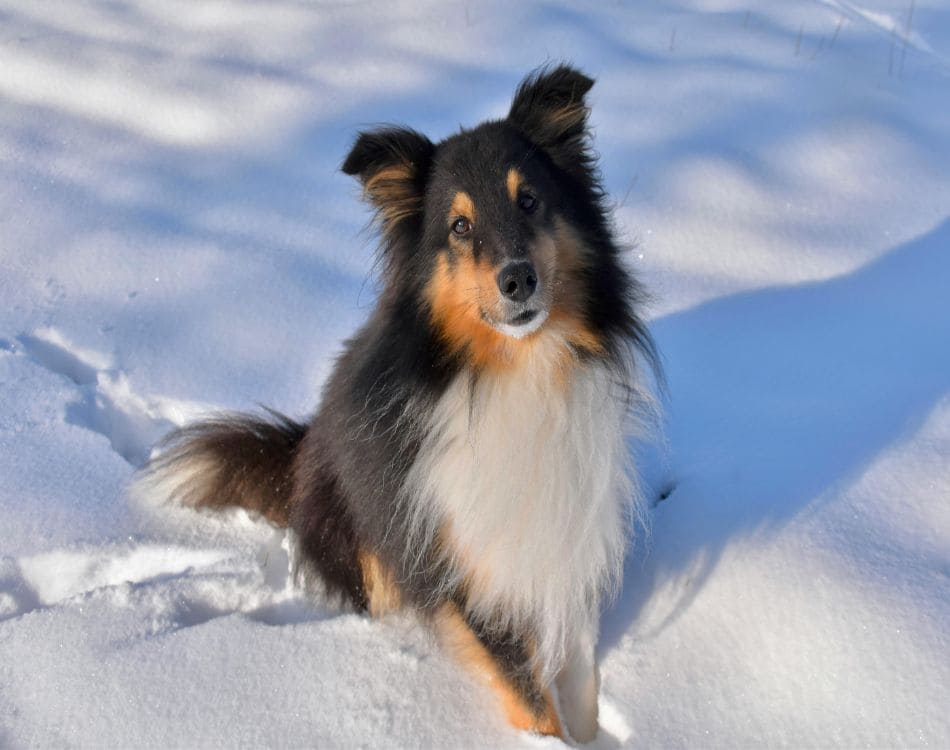
Border Collies are one of the smartest and most energetic breeds in the world. They were bred for herding sheep and require constant mental and physical stimulation.
Why They Struggle Indoors: Without a job to do or room to run, they can develop anxiety, destructive behaviors, and excessive barking.
5. Great Dane

Despite their gentle nature, Great Danes are simply too large for small indoor spaces. They need a lot of room to stretch out and move comfortably.
Why They Struggle Indoors: Their size makes navigating tight spaces difficult, and they can easily knock over furniture with their long legs and wagging tails.
6. Australian Cattle Dog

Australian Cattle Dogs are highly intelligent and have strong herding instincts. They are happiest when they have a job to do and a large outdoor space to explore.
Why They Struggle Indoors: They need constant activity and stimulation, which can be difficult to provide in a confined indoor environment.
7. Belgian Malinois

Belgian Malinois are often used in police and military work due to their high energy and intelligence. They need intense exercise and training to stay happy.
Why They Struggle Indoors: They require structured physical and mental challenges, making them unsuitable for small apartments or homes without a yard.
8. Irish Wolfhound

Irish Wolfhounds are among the tallest dog breeds, and their sheer size makes indoor living challenging. They need space to stretch their legs and move freely.
Why They Struggle Indoors: Their long limbs and large frame make them prone to knocking things over in tight spaces.
9. Anatolian Shepherd

Anatolian Shepherds are independent and protective dogs originally bred to guard livestock. They need space to patrol and do not do well in confined spaces.
Why They Struggle Indoors: They require an outdoor environment where they can roam and fulfill their guarding instincts.
10. Dogo Argentino

Dogo Argentinos are powerful and muscular hunting dogs with a high energy level. They need daily exercise and mental stimulation to prevent boredom.
Why They Struggle Indoors: Their strength and endurance make them better suited for outdoor environments where they can run and play freely.
11. Bernese Mountain Dog

These affectionate giants were bred to work in the Swiss Alps and require lots of space to move around comfortably. They thrive in open environments with room to roam.
Why They Struggle Indoors: Their thick coat makes them prone to overheating in indoor settings, and their size makes small living spaces impractical.
12. Kangal

The Kangal is a large livestock guardian dog that is highly independent and protective. They need a large outdoor space to patrol and do not adapt well to indoor confinement.
Why They Struggle Indoors: Their guarding instincts require space to work, and they can become restless and destructive if kept in a small home.
Conclusion

While many dogs can adapt to indoor living, these 12 breeds thrive best in homes with large yards or rural settings. Their size, energy levels, and working instincts make them better suited for outdoor life where they can move freely and stay mentally and physically engaged. If you’re considering one of these breeds, make sure you can provide the space and stimulation they need to be happy and healthy.

